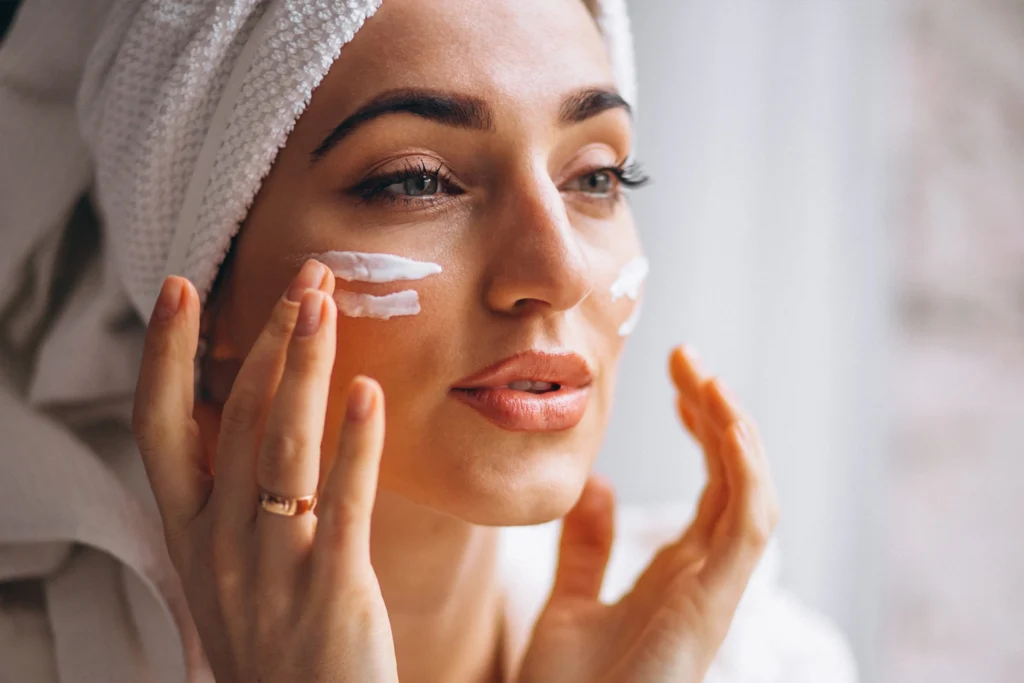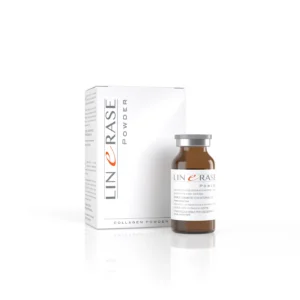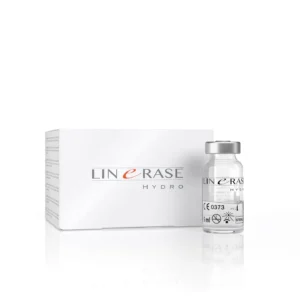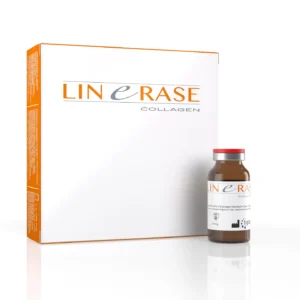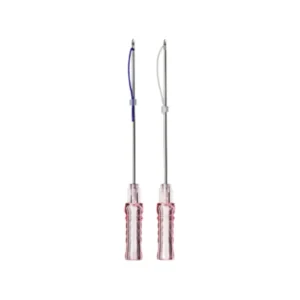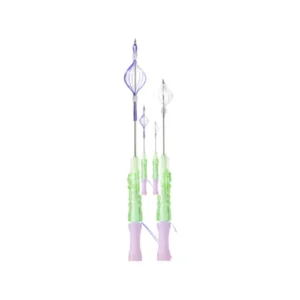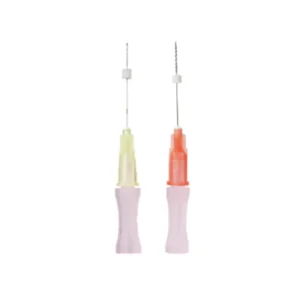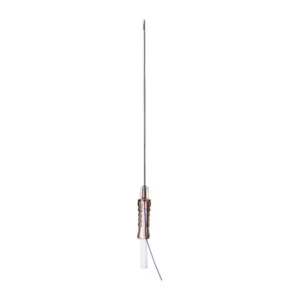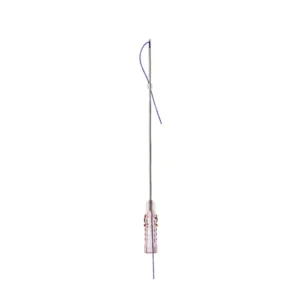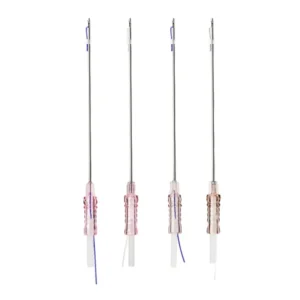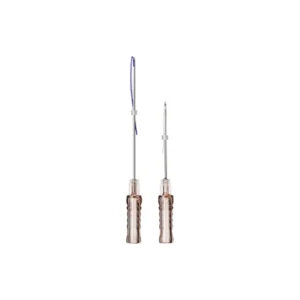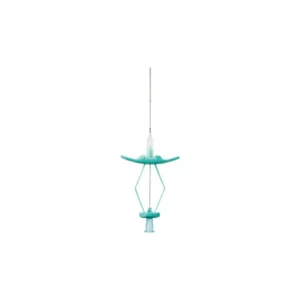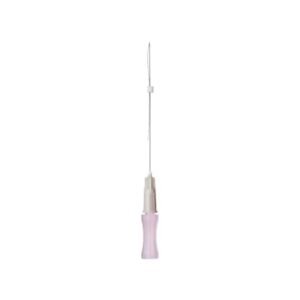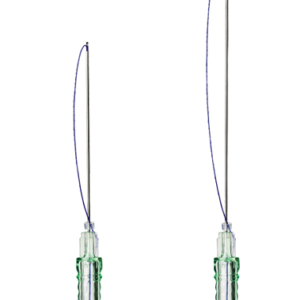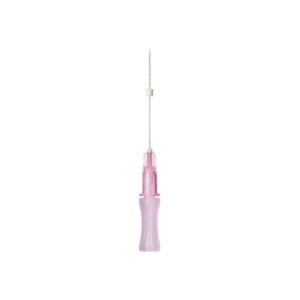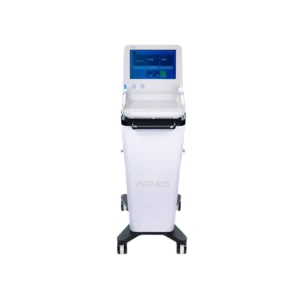Uneven skin tone and dark spots affect millions worldwide, prompting many to seek skin lightening solutions. Whether addressing melasma, post‑inflammatory hyperpigmentation, or sun spots, choosing the right combination of topical agents and in‑office procedures is key for effective, lasting results. This evergreen guide—grounded in dermatology best practices and expert insights—walks you through everything from melanin biology to maintenance strategies, ensuring you achieve a brighter, more even complexion safely.
Understanding Hyperpigmentation
At the heart of skin lightening lies melanin, the pigment produced by melanocytes that gives skin its color. Hyperpigmentation occurs when melanin is overproduced in localized areas, leading to visible dark spots. Common types include:
Melasma: Hormone‑driven patches, often on cheeks and forehead.
Post‑Inflammatory Hyperpigmentation (PIH): Darkening following acne, eczema, or injury.
Solar Lentigines (Sun Spots): Resulting from chronic UV exposure.
By targeting melanin synthesis and distribution, skin lightening treatments work to fade these spots and restore an even tone.
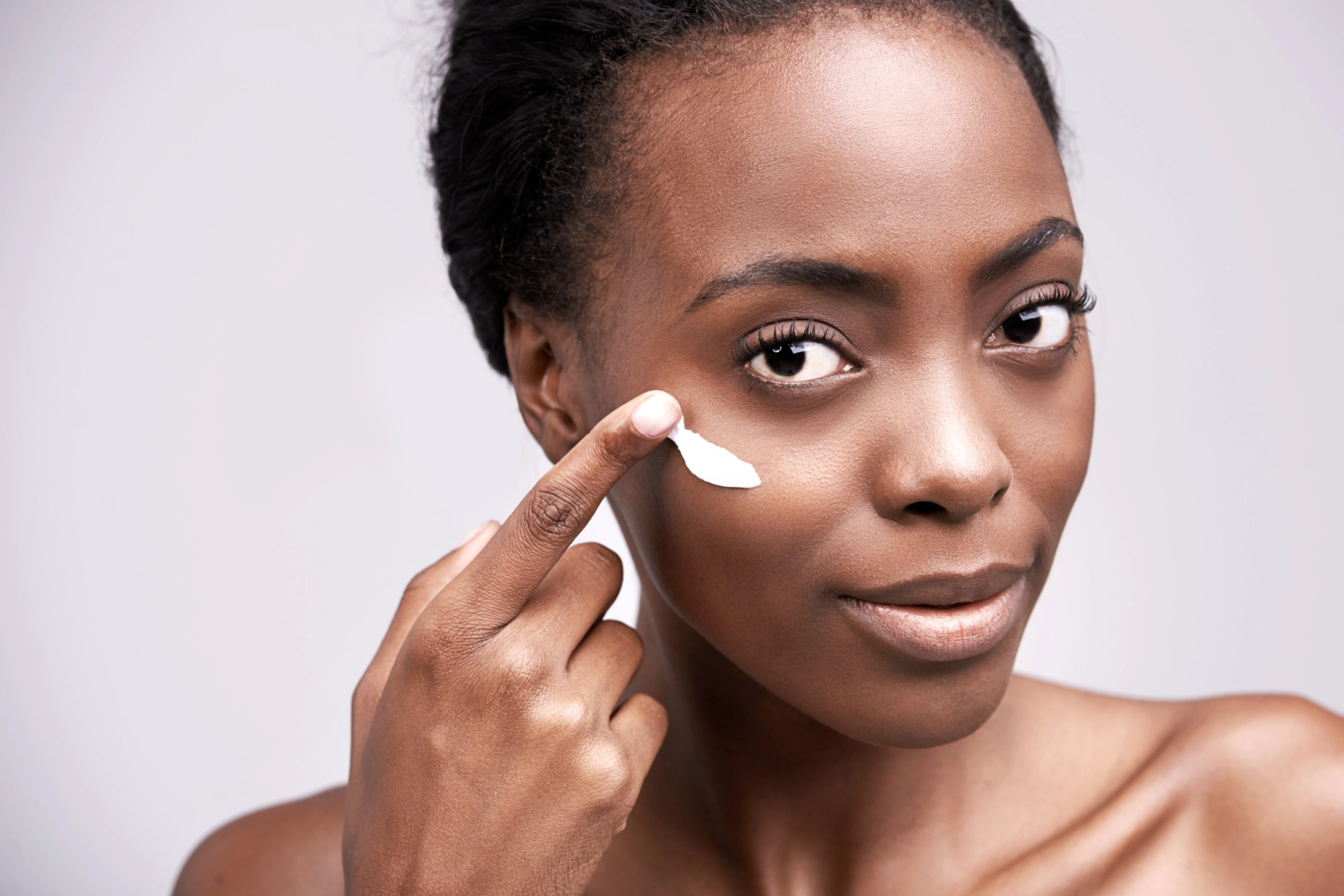
Topical Skin Lightening Treatments
1. Hydroquinone
Considered the gold standard, hydroquinone inhibits the enzyme tyrosinase, halting melanin production.
Prescription vs. OTC:
4 % concentrations require a prescription; 2 % or lower are available over the counter.
Usage: Apply once or twice daily for up to 3 months, then cycle off to reduce risk of ochronosis.
Safety Notes: Long‑term or high‑strength use can cause irritation or paradoxical darkening (exogenous ochronosis).
2. Retinoids & Vitamin C
Retinoids (Tretinoin, Adapalene): Promote cell turnover, dispersing melanin granules and enhancing hydroquinone penetration.
Vitamin C (Ascorbic Acid): A potent antioxidant that reduces tyrosinase activity and protects against UV‑induced pigment formation.
Tip: Layer retinoid at night, vitamin C in the morning under sunscreen.
3. Kojic Acid, Niacinamide & Natural Extracts
Kojic Acid: By‑product of fermentation that blocks tyrosinase, often paired with hydroquinone for synergistic effect.
Niacinamide (Vitamin B3): Inhibits transfer of melanosomes to keratinocytes, improving barrier function.
Licorice Root Extract & Arbutin: Plant‑derived agents with mild lightening properties and lower irritation risk.
In‑Office Procedures for Skin Lightening
Chemical Peels
Professional peels remove superficial skin layers, revealing brighter skin beneath.
| Peel Type | Depth | Best For | Downtime |
|---|---|---|---|
| Glycolic | Superficial | Mild PIH, texture | 24–48 hours |
| Salicylic | Superficial | Acne‑related PIH | 1–3 days |
| TCA (10–35 %) | Medium | Moderate melasma, sun spots | 5–7 days |
Key Steps: Pre‑treat with priming lotions (e.g., low‑strength hydroquinone), neutralize properly, and enforce strict sun avoidance for 4–6 weeks.
Laser & Light‑Based Therapies
Q‑Switched Nd:YAG: Targets melanin granules with minimal thermal damage; excellent for PIH and lentigines.
Intense Pulsed Light (IPL): Broad spectrum light for diffuse pigmentation; typically requires 3–5 sessions.
Considerations: Perform test spots to assess risk of rebound hyperpigmentation, especially in darker skin types.
Microneedling with PRP
Microneedling creates micro‑channels that allow topical agents to penetrate deeply. When combined with platelet‑rich plasma (PRP), it boosts collagen and growth factors, improving texture and lightening pigment.
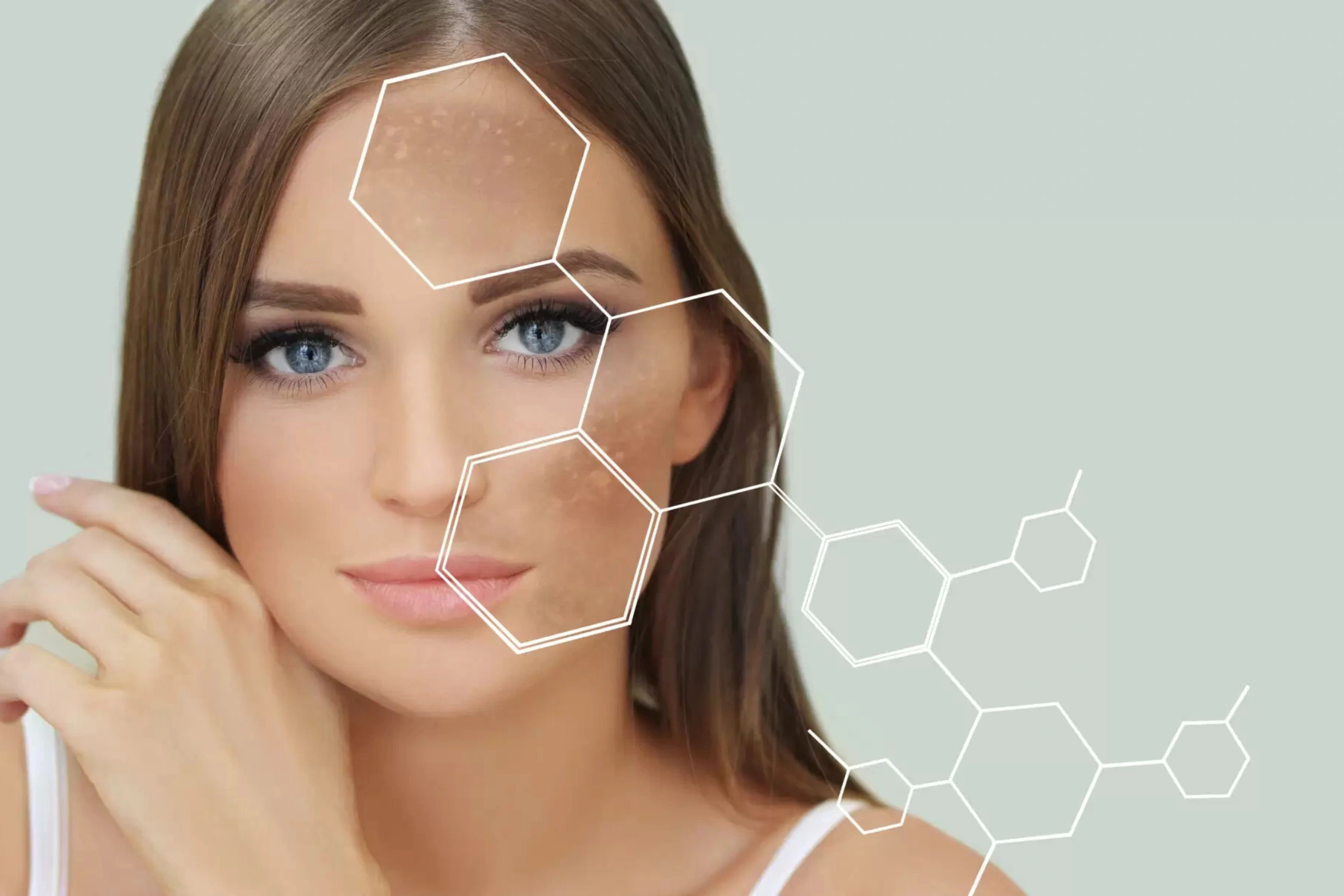
Combination Protocols
Combining modalities often yields superior outcomes. A typical six‑month regimen may include:
Months 0–1: Daily hydroquinone + retinoid; bi‑weekly superficial chemical peels.
Months 2–3: IPL sessions (3 sessions at 4‐week intervals); continue topicals.
Months 4–6: Microneedling with PRP monthly; taper hydroquinone to maintenance levels.
This layered approach addresses pigment at multiple levels—melanocyte activity, epidermal turnover, and dermal remodeling.
Safety, Side Effects & Aftercare
Common Risks
Irritation & Redness: Particularly with hydroquinone, retinoids, and medium peels.
Rebound Hyperpigmentation: Over‑treatment or sun exposure can worsen pigmentation.
Aftercare Essentials
Sun Protection: SPF 30+ broad‑spectrum sunscreen applied every morning and after water exposure.
Gentle Skincare: Avoid harsh exfoliants or physical scrubs for at least one week post‑procedure.
Moisturization: Use ceramide‑rich creams to support barrier recovery.
Follow your provider’s instructions closely and report any persistent redness or darkening immediately.
Cost Comparison & Choosing a Provider
| Treatment | Average Cost (USD) | Maintenance |
|---|---|---|
| Prescription Hydroquinone | $30–$50 per tube | Refill every 2–3 months |
| Superficial Chemical Peel | $150–$300 per session | 3–6 sessions |
| IPL | $300–$600 per session | Annual touch‑ups |
| Microneedling + PRP | $400–$800 per session | 3 sessions |
Selecting Your Specialist:
Verify board certification in dermatology.
Ask about experience with darker skin types to minimize PIH risk.
Review before/after photos and patient testimonials.
Maintenance & Lifestyle Tips
Long‑term success hinges on habit changes:
Daily Sunscreen: Reapply every two hours when outdoors.
Antioxidant‑Rich Diet: Berries, leafy greens, and nuts help combat oxidative stress.
Avoid Triggers: Hormonal fluctuations (pregnancy, birth control) can exacerbate melasma—consult your doctor for adjustments.
Regular Touch‑Ups: Cycle hydroquinone on and off (e.g., 3 months on, 1 month off) to maintain results safely.
Conclusion & Call to Action
Achieving an even, luminous complexion through skin lightening requires a strategic blend of topical agents and in‑office procedures, underpinned by diligent sun protection and expert guidance. From hydroquinone and retinoids to peels, lasers, and microneedling, these modalities—when used judiciously—can transform hyperpigmented skin safely and effectively.
Ready to brighten your skin? Consult a board‑certified dermatologist to develop a personalized skin lightening plan tailored to your skin type and concerns. Early intervention, professional oversight, and consistent maintenance are your keys to lasting radiance.

